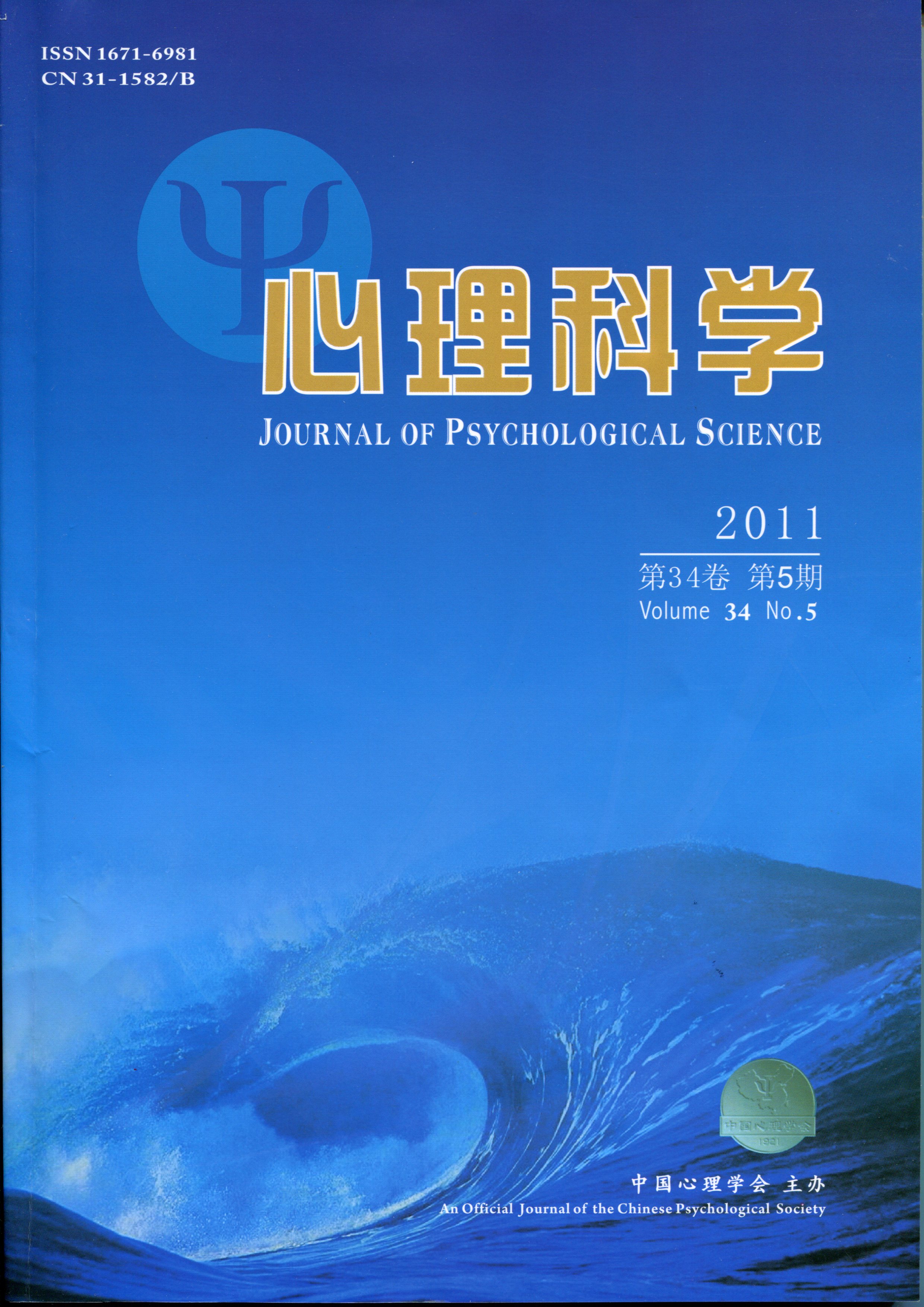Abstract: What reason can lead to a country’s psychology development to be lagging behind in the overall level of current situation? Maybe the people thought, first it is related to the state's development level of economy, science and technology, and funds. Second it is related to the quantity, creativity, research methods, philosophical basis, and theoretical background of psychology personnel. Third it is related to social environment, historical tradition and so on. In addition to these reasons, the author holds that it may be also related to the national system of discipline management, psychological development policy, position of psychology discipline, disciplines background of psychology growth, such as the outside reasons. It means that may exist a correlation between the whole development of psychology and the matter, which subject psychology should belong to. If it is to be solved the matter, psychologists may find a breakthrough to promote the development of psychology. Based on this consideration, in the comparison of psychological discipline and professional set, by China and the United States, Britain and other developed countries, the article found Chinese psychology discipline existing five problems that are indeterminacy of discipline, low status of discipline, few professional quantity, less professional grade, abstract of professional name. The five aspects also reflect China’s psychology discipline management to be solved in theory and practical problem. Then the author put forward the psychology discipline of China should development towards to firm, improve discipline status, increase professional quantity, increase the professional grades, and crystallize the professional name. The article discuss about how to firm the psychology discipline, improve discipline status and other questions mainly. In analysis and discussion of China's current psychology discipline and profession setting, mainly from four aspects: the limitations of psychological discipline attribution, the possibility of psychology to become an independent discipline class, the systematicness in a new disciplinary system after psychology to become a independent discipline class, the sociality need of psychology to become a independent discipline class. Especially the deficiencies has been pointed out that Chinese psychology belongs to nature sciences and pedagogy in professional program, and this subordinate relationship will restrict the psychology development and discipline maturing. Above all, after the analysis and discussion, the important conclusion emerges with much necessity and feasibility that makes the psychology as an independent discipline class and academic degree type. At last, the author makes four aspects for suggestions and prospect to promote Chinese indigenous psychology development, it concludes: to improve current psychology discipline and profession program, increase the professional quantity and expand the ways of psychology talents training, expand the subject range of psychology and deepen the edge disciplines research of psychology. In order to facilitate discussion for the subject position and the relationships between all discipline classes after the psychology is independent in China, establishing a system model of subject category relationship is based on a platform, concluding 13 discipline classes at present and psychology discipline class or degree type. According to logical relationship of disciplines in this model picture, how to deal with and use the systematicness for psychology as an independent discipline in the whole discipline system, is a new issue to the systematic indigenous psychology and theoretical psychology research. If psychologists study it from the view of social constructivism, the psychological perspective on the subject knowledge is the result of the construction in particular cultural history of the environment, because it is different for the knowledge system which has been constructed in different branches of science background. When the social construction of psychology subject happened in more open and large disciplines background, the knowledge formation of the indigenous psychology system should be more open, multiple and rich.

